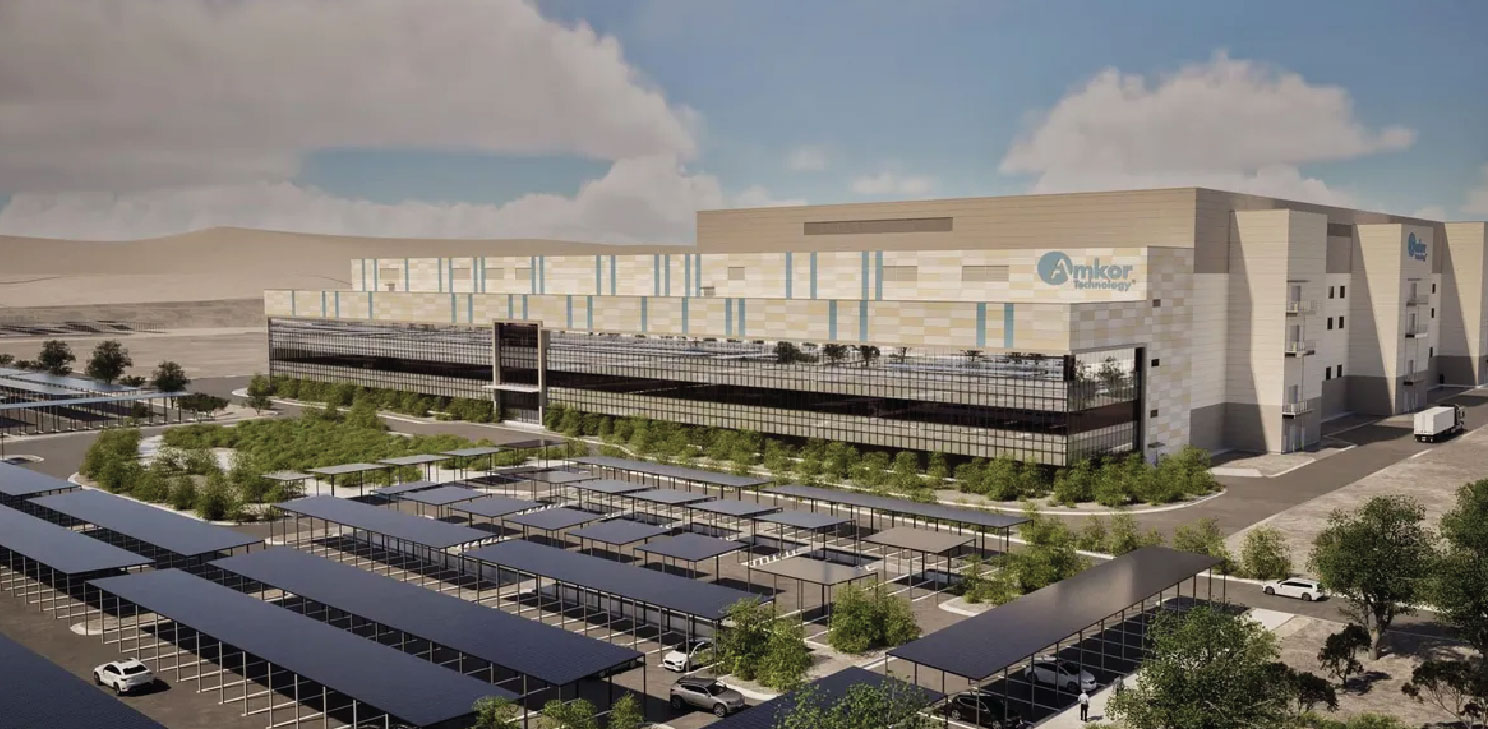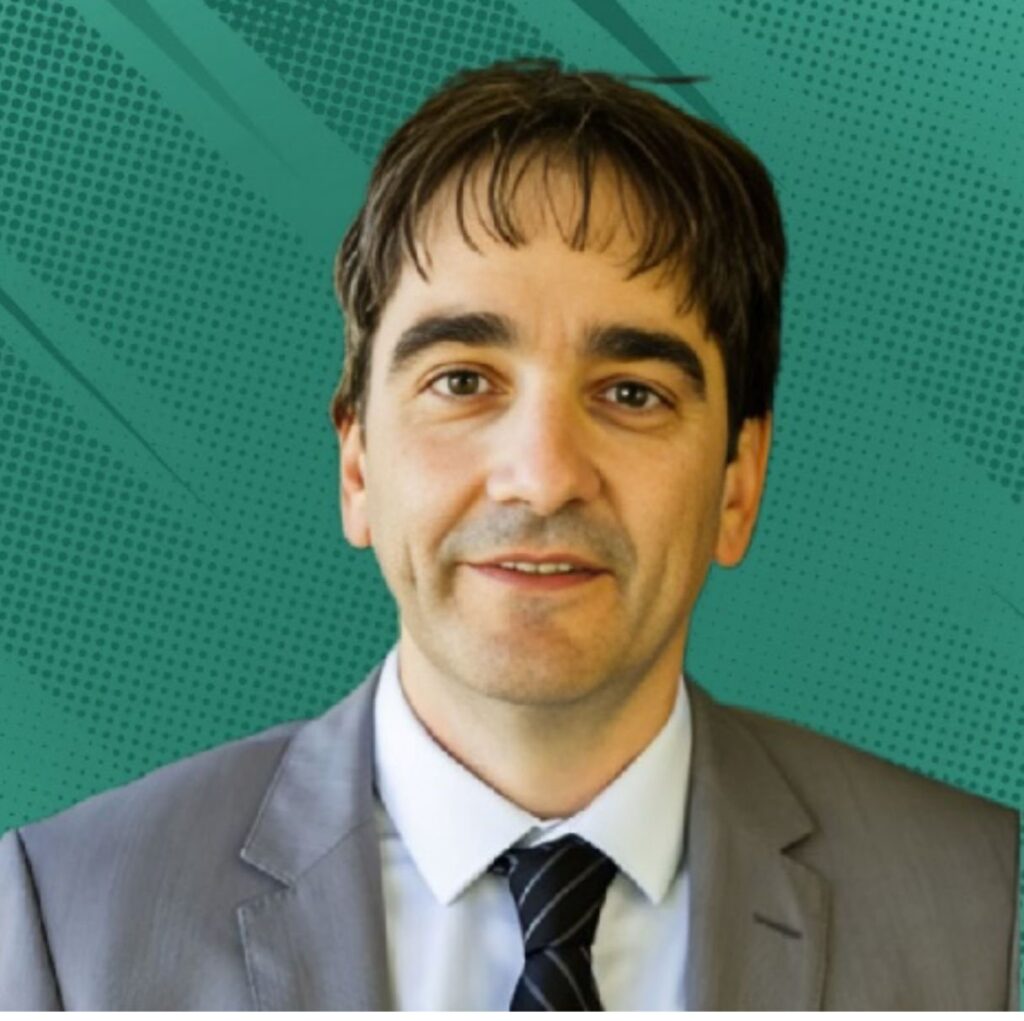Many companies have announced plans to build new semiconductor wafer fabrication plants, with several already under construction. The structural design of these facilities is complex. Structural engineers and architects must evaluate many factors to ensure fabs meet the stringent precision and reliability requirements of such manufacturing plants.
Vibration Sensitivity
As semiconductor chips have become smaller and more powerful, the line widths of the circuitry have been drastically reduced. This miniature architecture requires special attention to the structural systems and vibration isolation to make it possible to manufacture them. Every source of vibration, both internal and external, to the cleanroom must be identified and addressed. Structural systems must be stiffened to prevent vibration. Large equipment such as that found in the Central Utility Plants must be separated and isolated from the cleanrooms and piping, and other utility systems must be spring-isolated to prevent transmission into the structures. Semiconductor tools must also be supported on special bases to reduce vibration.
Cleanrooms
Cleanroom structural design involves the implementation of airtight enclosures, advanced filtration systems, and airflow control mechanisms to maintain specified cleanliness levels. The choice of construction materials is crucial to prevent the generation of particles, and the structural support system should allow for the installation of complex HVAC systems that can regulate temperature, humidity, and particles that may impact production. Flooring and wall surfaces should also be non-porous and resistant to chemical damage to prevent even minor disturbances.
Automated Material Handling Systems
The goal to limit human contact in the wafer production process has given rise to a shift to automated material handling systems, where manufacturers of robotic networks aim to enhance efficiency. This shift requires the design of roofs and supporting structures to accommodate heavier loads as the weight distribution of valuable semiconductor products changes from resting on the floor to hanging from overhead systems.
Resiliency, Sustainability, and Climate Change
The increasing frequency of extreme weather events and climate change has led designers to prioritise resiliency, strength, and durability when building fabs. Optimising source materials and minimising waste is critical to future-proofing these facilities. Considering insulation thickness or incorporating lower-carbon cement or recycled steel into early design stages can help ensure structural sustainability.
To discuss semiconductor manufacturing, fab construction and key issues facing the industry, connect with solution providers and network with delegates, attend the 2nd Constructing Semiconductor FAB Summit Europe: Advances In Planning, Design And Engineering, taking place Oct 21-22, 2025 in Munich, Germany.
For more information, visit our website or email us at info@innovatrix.eu for the event agenda. Visit our LinkedIn to stay up to date on our latest speaker announcements and event news.









